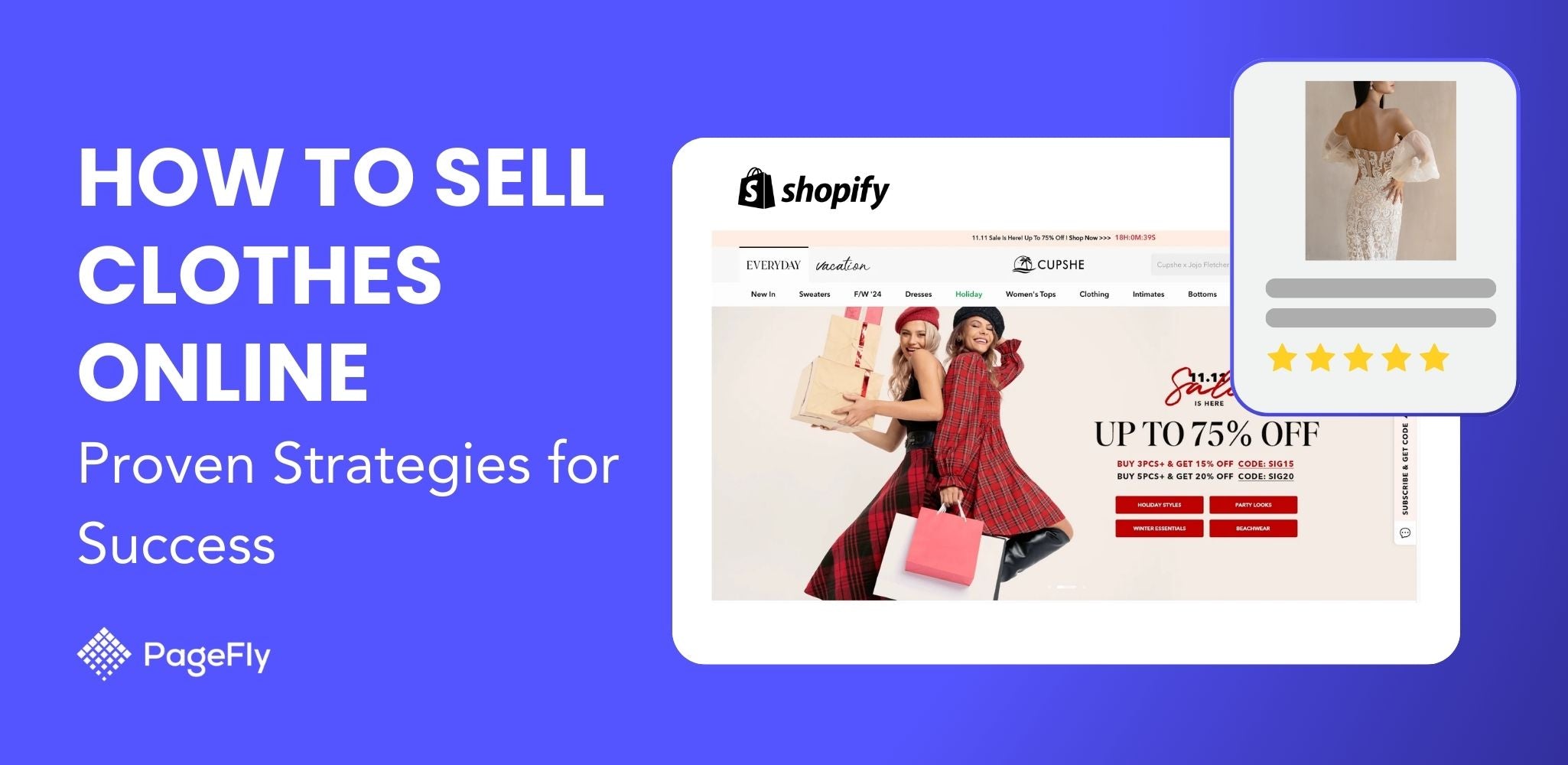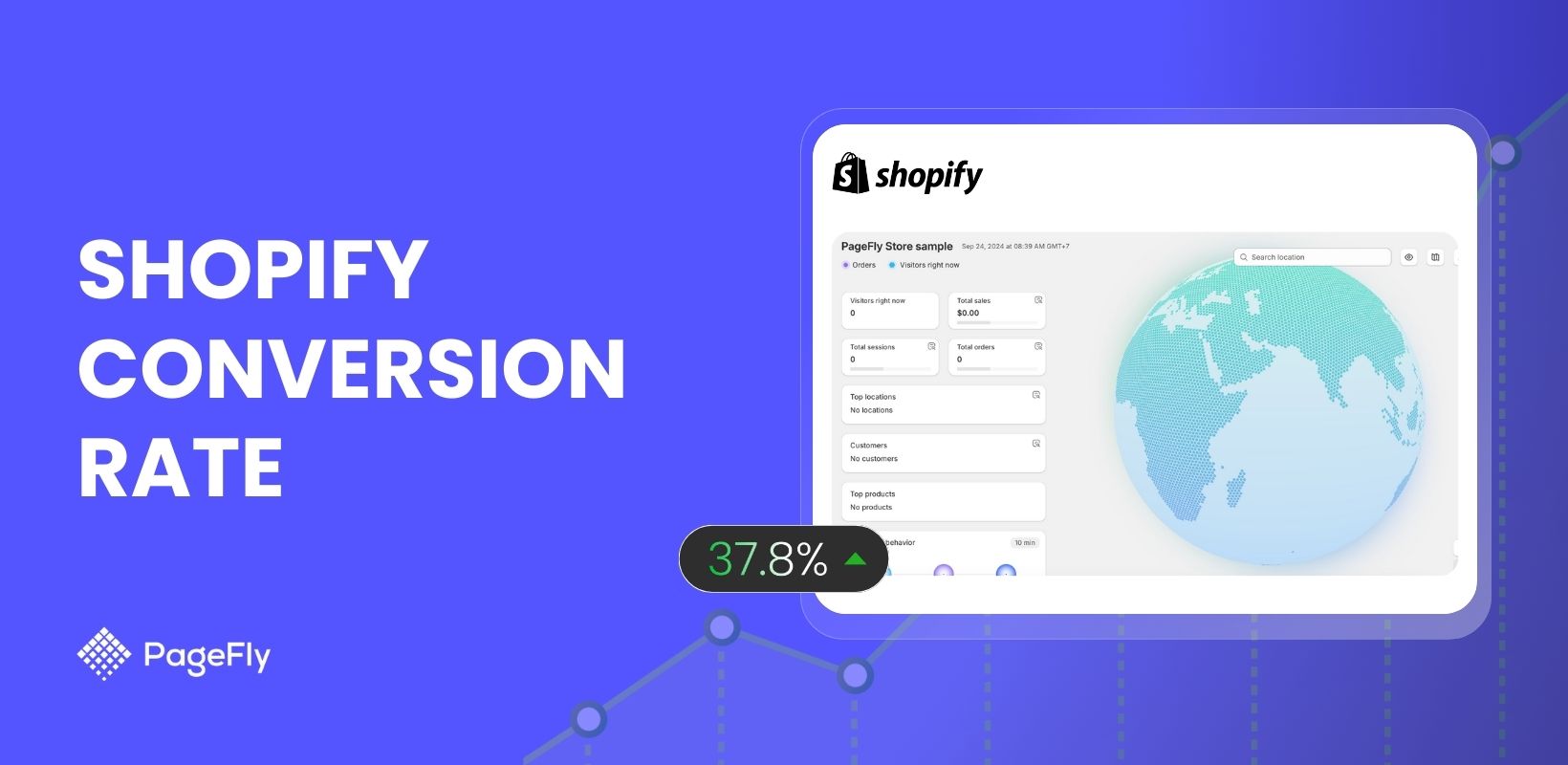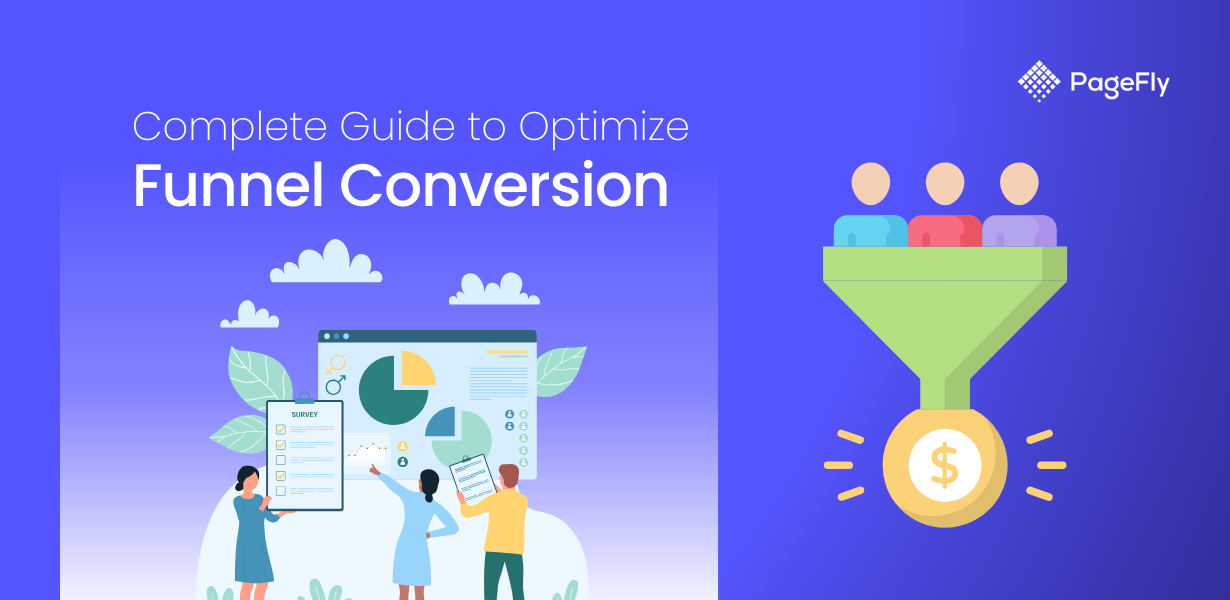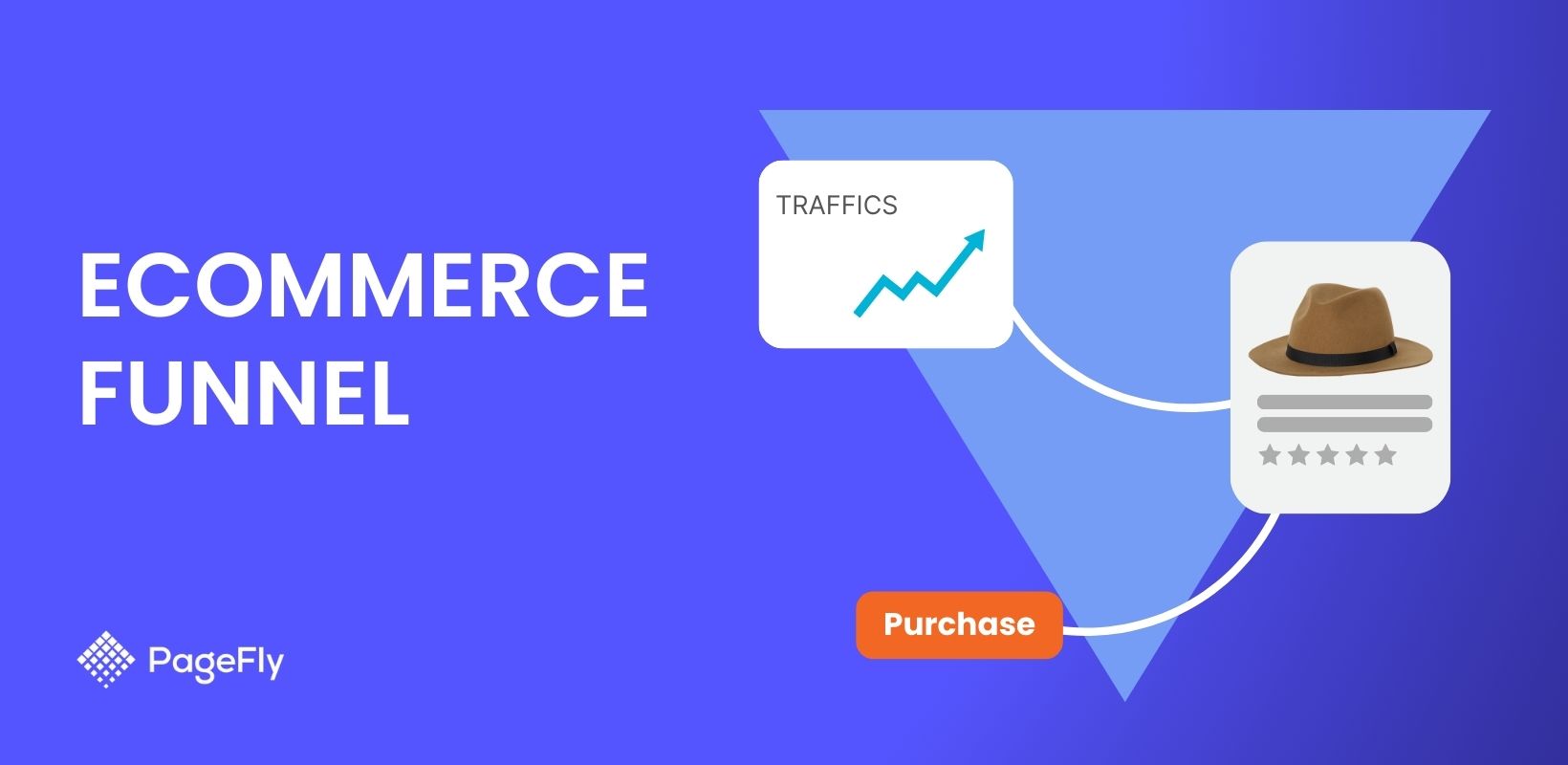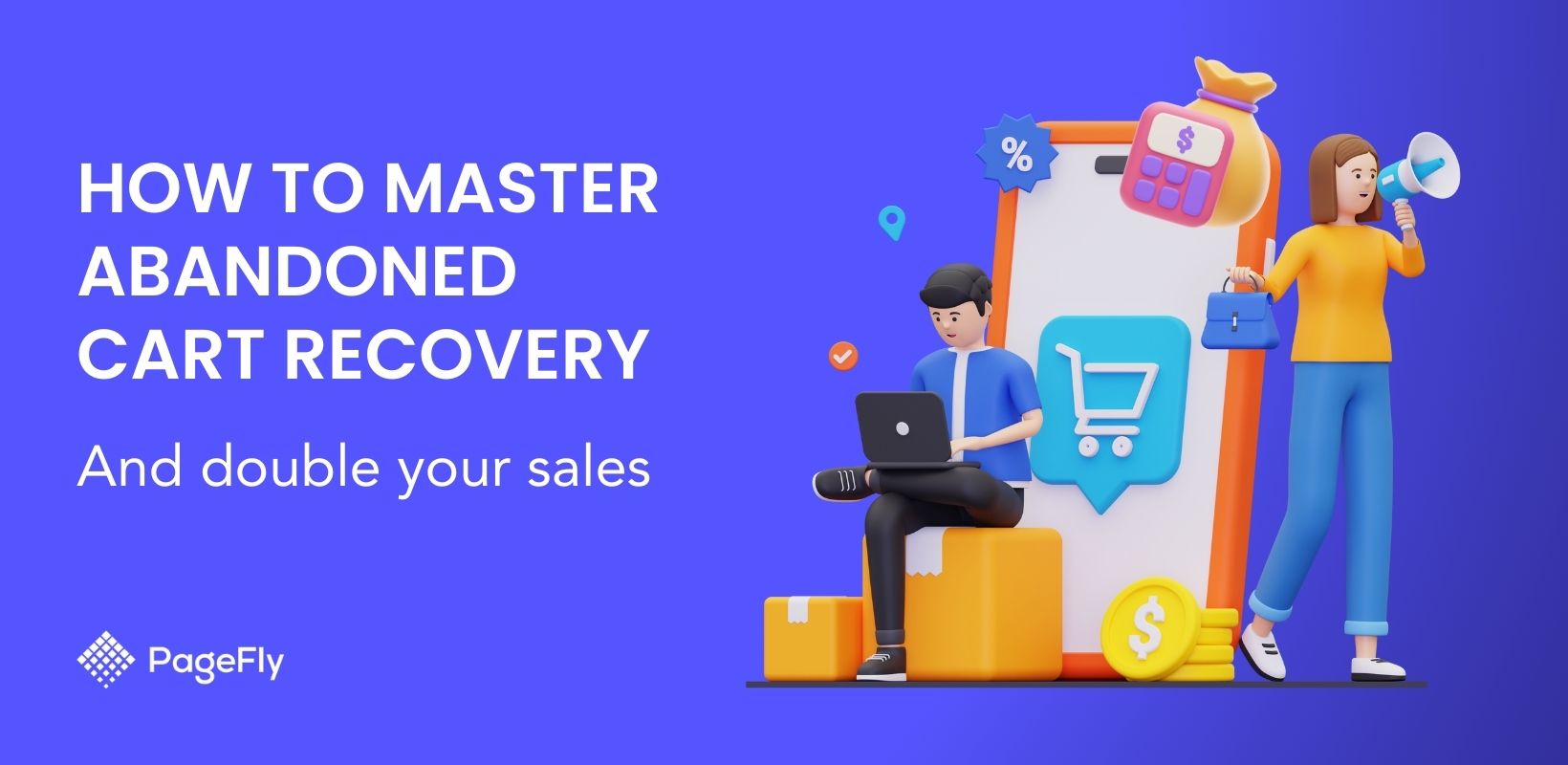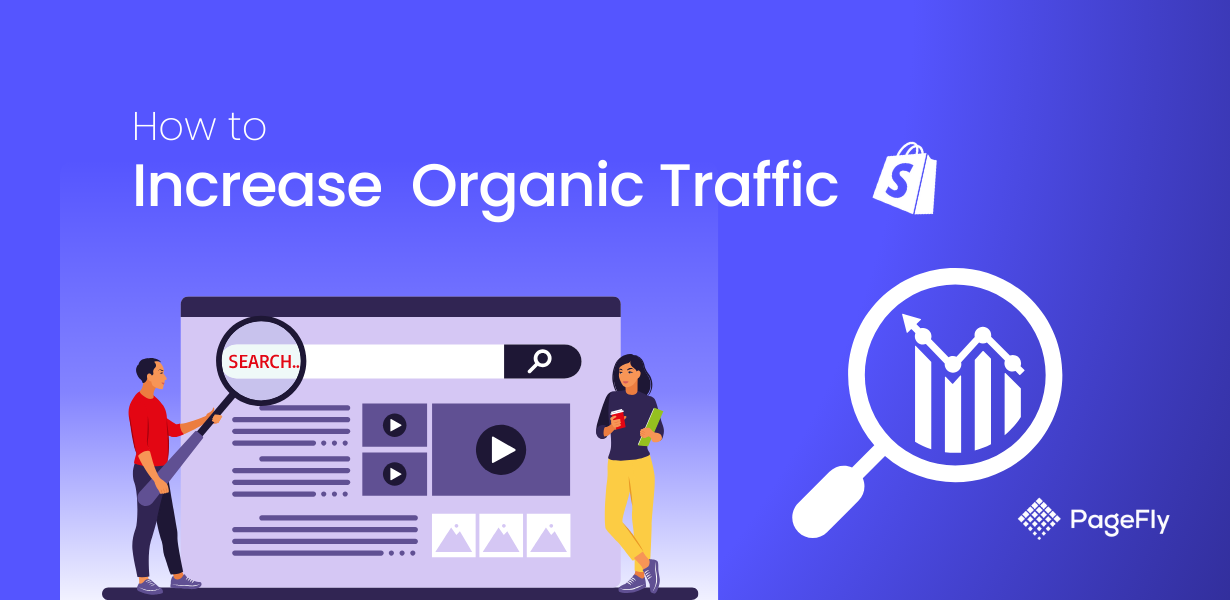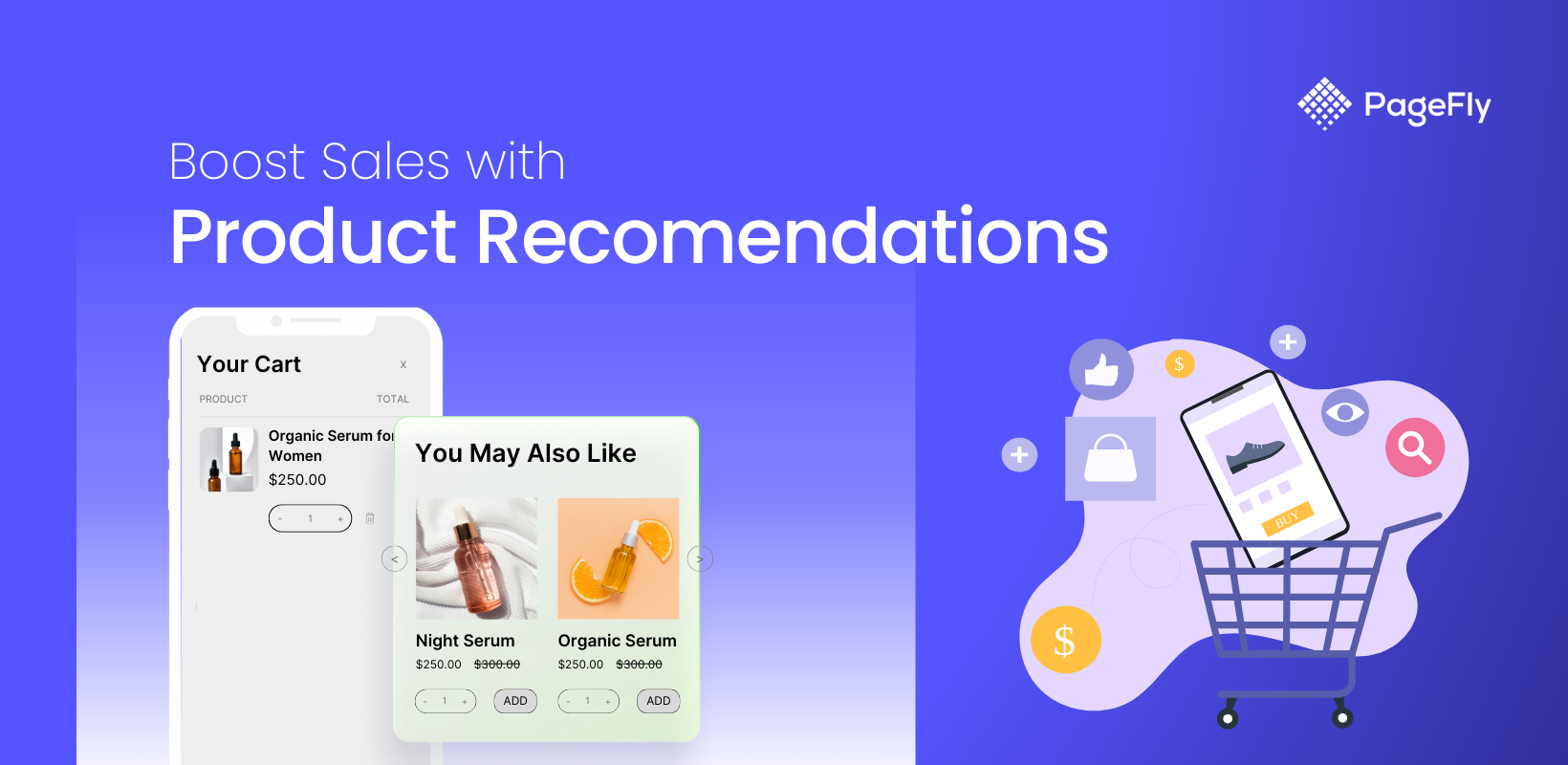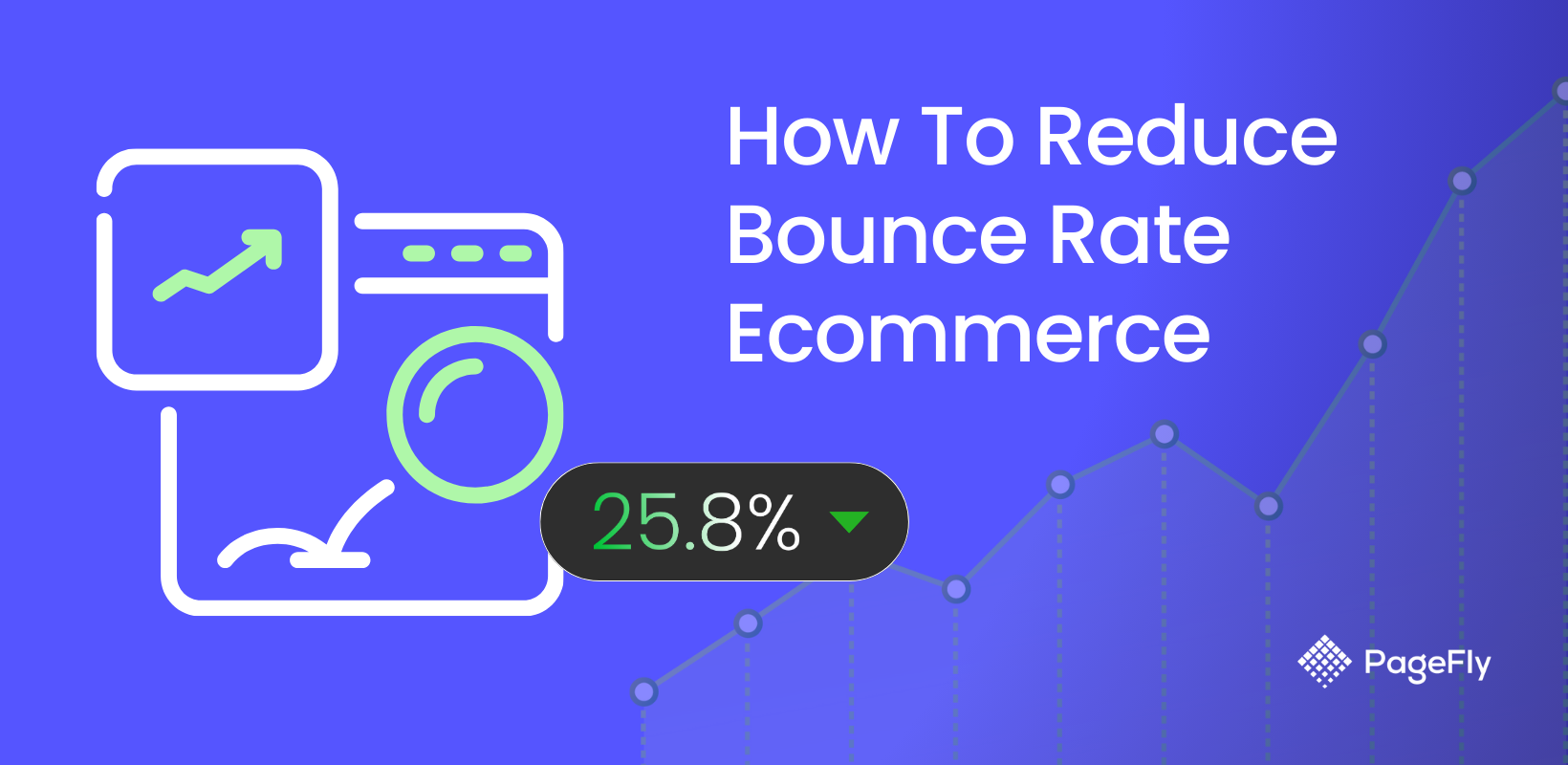If you want to learn how to sell clothes online, you're entering the market at the perfect time. The global fashion e-commerce market is expected to reach $1.164 trillion by 2025, according to Statista. Successful online retailers prove that with the right strategy, you can build a thriving digital fashion business.
This guide offers proven, data-backed methods to help you launch or expand your clothing brand online. Whether launching a boutique or expanding an existing brand, these strategies will help you grow your online clothing store.
How Can I Sell Clothes Online? 4 Proven Steps to Success
Starting an online clothing business requires careful planning and execution. Based on data from successful online retailers, we've identified 4 critical steps that form the foundation of a profitable online clothing store. Let's examine these proven strategies that have helped countless clothing brands succeed online.

Step 1: Research your fashion niche and target market
When you're learning how to sell clothes online successfully, market research and strategic planning have consistently proven to be critical success factors. Research from E-commerce Startup Survival shows that 90% of e-commerce startups fail within the first 120 days, primarily due to insufficient market research, weak online marketing strategies, and a lack of understanding of customer needs.
When choosing your clothing niche, evaluate these key factors:
- Market demand and competition levels
- The specific needs of your target audience
- Profit margins for various clothing categories
- Seasonal trends and long-term viability
After choosing your niche, develop buyer personas to understand your audience’s demographics, shopping habits, price sensitivity, and preferences. Use tools like Facebook Audience Insights and Google Analytics to inform product selection, pricing, and marketing strategies.
Step 2: Choose your fashion store platform
Successfully selling clothes online starts with choosing the right platform and establishing your digital presence. Let's break this down into two key decisions: where to sell clothes and how to brand your store.
Where to sell clothes online
Here's a comparison of the most popular platforms for selling clothes online:
Platform | Best For | Pros | Cons | Ideal For |
Shopify | Building a branded, scalable business |
|
| Serious clothing retailers looking to build a lasting brand. |
Etsy | Handmade or vintage clothing |
|
| Craftspeople and vintage resellers. |
Amazon | Reaching a massive audience |
|
| Established brands with inventory management systems. |
eBay | Testing market demand or unique items |
|
| Market testing and unique/vintage items. |
PageFly’s Recommendation: For long-term growth, Shopify is the best place to sell clothes. Here's why:
- Full brand control and customization
- Features tailored for clothing retailers (e.g., size variants, color options)
- Built-in abandoned cart recovery tools
- Robust inventory management
- Integration with multiple sales channels
- Dedicated fashion themes and templates
While Shopify is often recommended as one of the best platforms for selling clothes online, store owners can maximize their reach and sales potential by adopting a multichannel selling approach. Expanding to multiple platforms allows businesses to engage with diverse audiences and increase brand visibility. To learn more about effective multichannel selling strategies, check out Shopify's guide on How to Sell on Multiple Channels.
To maximize your Shopify store's potential, enhance its design and functionality using tools like PageFly, which allow you to create custom, conversion-optimized pages without any coding knowledge.
Optimize your domain store name
Having a well-crafted domain store name is crucial for creating a memorable first impression, enhancing brand recognition, and improving search visibility, ultimately helping your store attract more visitors and build trust with potential customers:
Essential Criteria:
- Memorable and easy to spell
- Related to your brand or products
- Available across social media platforms
- Free from trademark issues
- Short (ideally under 15 characters)
Best practices:
- Use fashion-related keywords when possible (e.g., wear, style, fashion)
- Avoid hyphens and numbers
- Check domain history using tools like WhoIs
- Secure multiple domain extensions (.com, .store, .fashion)
- Consider future brand expansion
PageFly’s Tip: Before finalizing your domain name, conduct a quick survey with potential customers to ensure it resonates with your target market.

Step 3: Promote your clothing line on social media
Effective marketing is essential for standing out in the competitive online clothing market. Social media platforms are particularly powerful for fashion brands, with Instagram’s shopping feature leading to a 1.2x increase in purchase intent (source: Linkedin).
Social media marketing essentials
Build your brand presence across Instagram, Facebook, TikTok and Pinterest by sharing high-quality product photos and engaging content 3-5 times weekly, following Shopify's 'How to Build a Social Media Presence'. Each platform serves different purposes:
- Instagram for visual merchandising and brand storytelling
- Facebook for community engagement and customer interaction
- TikTok for creating trend-driven, viral content
- Pinterest for lifestyle inspiration and driving product discovery through Pins
Utilize each platform’s shopping features to enable seamless direct purchasing and enhance user experience.
Paid advertising
To optimize your paid ad campaigns, follow these data-driven strategies for maximum impact and cost-efficiency:
- Start with a daily budget of $10-20 on Facebook and Instagram ads (as recommended by WebFX).
- Test a range of potential products by running ads within a specific timeframe.
- Focus on mobile-first content, dynamic product ads for retargeting, and lookalike audiences based on existing customers.
- Monitor performance metrics to identify hot/winning items.
- Optimize campaigns by continuing ads for hot/winning items and refining strategies for better results.
- Test various ad formats throughout the campaign to ensure optimal engagement and conversions.
Influencer marketing
Partner with micro-influencers (10,000-50,000 followers) for authentic product promotion and higher engagement rates. For instance, Gymshark's collaboration with Whitney Simmons for their women's collection significantly elevated their brand recognition and credibility.
Select influencers whose style resonates with your brand, and monitor campaign performance using UTM parameters to track effectiveness and ROI. If you're unsure how to use influencer marketing effectively, consider exploring The Complete Guide to Influencer Marketing by Shopify for more details.
Step 4: Handle shipping, returns, and customer care
Smooth shipping and returns
Efficient shipping and returns processes are crucial for building customer trust and driving repeat purchases in the fashion industry. A clear, customer-friendly policy can be the deciding factor between a sale and an abandoned cart.
Partner with reliable shipping providers and consider offering:
- Free shipping above a certain order value
- Multiple shipping options
- Real-time tracking
- Insurance for high-value items
- International shipping if applicable
Create a clear, customer-friendly return policy that includes:
- Return window (30-60 days is standard)
- Condition requirements for returns
- Who pays for return shipping
- Process for exchanges
- Multiple refund options (store credit, original payment method)
- International return guidelines
Excellent customer service
Outstanding customer service can set your store apart. Respond to inquiries promptly and maintain a professional yet friendly tone. Consider implementing:
- Live chat support
- Email support with 24-hour response time
- FAQ section
- Size guides and detailed product information
PageFly’s tip: You can use PageFly's 'Saved Section' feature to create the size guide section and then apply it to multiple products of the same type.
Tips for Designing a Clothing Store That Converts
Ready to turn your store visitors into buyers? Creating an engaging store design is your next crucial step.
Most new clothing stores can expect their first sales within 30 days when implementing these proven design strategies. Incorporating CRO UX (Conversion Rate Optimization User Experience) techniques, such as intuitive navigation and compelling product displays, has proven successful for PageFly fashion brands:

High-quality visuals
Product visuals can make or break your clothing store's success. High-quality images directly impact purchase decisions, with 52% of shoppers rating product photos as one of the most influential factors when buying clothes online (source: PowerReviews). Professional photography that showcases your products accurately helps reduce returns and boost customer confidence.
Essential photo requirements:
- Show every color variant with consistent lighting: Use the same lighting and neutral backgrounds to ensure accurate color representation.
- Include multiple images per product: Provide 5-8 photos showing all angles (front, back, side, and details) for a complete product view.
- Highlight fabric and craftsmanship: Use close-up shots to showcase texture, stitching, and special features.
- Display on diverse body types: Build trust by showing garments on various sizes with model measurements for reference.
Video content enhances the shopping experience by demonstrating how garments move and fit:
- Add 15-30 second styling videos: Demonstrate versatility through quick styling tutorials showing different ways to wear the item.
- Include catwalk-style videos: Show how the garment moves and flows naturally while being worn.
- Create 360-degree product views: Enable customers to examine the product from every angle with interactive rotation features.

BloomChic, a clothing brand using PageFly, designs and optimizes their store with high-quality images that showcase products to attract customers.
Brand aesthetic and consistency
Your store's visual identity should reflect your brand personality while complementing your products. A cohesive design builds trust and recognition, making customers more likely to complete their purchase.
Design elements to maintain:
- Choose a color palette that enhances products: Use colors that highlight clothing without distractions or distortion.
- Limit fonts to three complementary styles: Use distinct fonts for headers, body text, and special elements to create a visual hierarchy without cluttering the design.
- Keep product photography consistent: Use uniform backgrounds, lighting, and composition for a professional look.
- Standardize collection page layouts: Apply consistent grids and spacing to simplify browsing and comparison.

BloomChic maintains consistent brand aesthetics across all sections.
Optimizing product pages
For clothing stores, optimizing product pages involves more than just providing basic product information. Incorporating features like product recommendations, which highlight complementary items, can help address common fashion buyer concerns while boosting cross-selling opportunities.
A well-optimized product page should focus on key factors such as fit, appearance, and quality to better meet customer expectations. By implementing these key elements, you can help customers make confident purchase decisions and reduce return rates:
1. Offer detailed and accurate sizing information
Here’s how to deliver accurate sizing details, inspired by Baymard Institute’s premium research findings:
- Include conventional sizing (S, M, L) and numeric measurements
- Display measurements in both inches and centimeters
- Add international size conversions for global customers
- Provide clear measuring instructions with visual guides
- Match sizing information to specific product types
- Place size guide link near the size selector
- Ensure easy navigation back to product page
- Link to customer service within size guide
- Include model measurements for reference

Detailed size guides are one of BloomChic's strategies to help customers easily find their perfect fit.
2. Showcase apparel on human models for better-fit visualization
Product imagery significantly impacts purchase decisions in apparel e-commerce:
- Product images should go beyond basic "Cut Out" shots against white backgrounds
- Human model photos are essential for helping customers visualize fit and style
- Single human model photos aren't enough - provide multiple angles and contexts
- Avoid mannequins and virtual models - customers prefer real human models
- 75% of e-commerce sites fail to provide adequate human model imagery
For maximum conversion, show your clothing on real models from multiple angles to help customers make confident purchase decisions

Products are displayed on models from different angles to help customers visualize how the clothes look when worn.
3. Use high-resolution images with zoom functionality for detailed viewing
According to Baymard Institute's research, 72% of e-commerce sites fail to provide adequate image quality, particularly in zoom capability and resolution. Poor product images not only hurt credibility but also drive customers away to other sites.
Best Practice: Ensure your product photos are high-resolution and can zoom at least 50% larger than the original size to boost customer confidence and purchase decisions.

The zooming function helps customers see product details, which BloomChic implements effectively.

Intuitive navigation
Easy navigation significantly impacts conversion rates in fashion e-commerce. Implement a clear structure that helps customers find exactly what they're looking for quickly.
Navigation essentials:
- Create logical category hierarchy: Place product categories in the main navigation menu and ensure subcategories match across dropdown menus and category pages
- Implement "View All" option: Add a clear "View All" option at the start of each category to let customers browse complete collections
- Enable multi-attribute filtering: Allow filtering by size, color, price, and style simultaneously for efficient shopping
- Include visual cues: Highlight current category location and use consistent styling to help users track their browsing path
PageFly’s expert advice: Consider adding thematic navigation (like "New Arrivals" or seasonal collections) after your main categories to provide inspiration without overwhelming the primary shopping experience.

AELFRIC EDEN, another brand built with PageFly, features clear and logical navigation with a "View All" option and smart filters for efficient shopping.
Mobile optimization
Analysis from Statista shows that mobile devices account for nearly 80% of all retail website visits worldwide, including fashion purchases. This growing trend underscores the importance of prioritizing mobile optimization for your e-commerce store.
Here are the mobile optimization essentials:
- Large, touch-friendly buttons and selectors: Make all interactive elements easily clickable on mobile screens while maintaining visual appeal.
- Swipeable product galleries: Enable smooth, intuitive browsing of product images through touch gestures.
- Quick-loading images: Optimize image sizes for mobile while maintaining quality to ensure fast page loads.
- Simplify the checkout process for one-handed use: Minimize typing and include easy-to-tap buttons for a smoother purchase flow.
- Sticky add-to-cart buttons: Keep the purchase button visible as customers scroll through product details.

AELFRIC EDEN optimizes the mobile experience using large items and swipeable product images through PageFly features and elements.
Building customer trust
Social proof and security features play a critical role in boosting conversion rates for fashion e-commerce. Showcase customer satisfaction and ensure a secure shopping experience with these trust-building elements:
- Customer photos and reviews with fit details: Display authentic user-generated content showing how clothes fit real customers.
- Security badges and payment guarantees: Show trusted payment methods and security certifications prominently.
- Clear shipping and return policies: Make policies easily accessible from product pages to reduce purchase anxiety.
- Size and fit ratings from verified buyers: Help customers choose the right size through peer feedback.

BLACKBERRY, also a PageFly customer, builds credibility by displaying customer reviews on their homepage and encouraging customer feedback on social media.
Highlighting key products
Strategic product placement can significantly influence customer buying decisions and improve overall store performance. By effectively showcasing your bestsellers, new arrivals, and trending items, you can guide shoppers to popular choices while creating a sense of urgency that encourages purchases.
Effective display strategies:
- Feature bestsellers by category: Showcase popular items to guide new customers toward proven products.
- Highlight new arrivals prominently: Keep your store fresh by featuring latest additions at the top of category pages.
- Show "Complete the Look" suggestions: Increase order value by recommending complementary items.
- Display stock scarcity notifications: Create urgency with low-stock alerts for popular items.
- Add recently viewed items section: Make it easy for customers to return to products they've shown interest in.

The Commense, one of the best clothing stores built with PageFly, highlights key products by featuring "Best Sellers" and "New In" sections for easy customer navigation".
Scaling Your Business
Success in online clothing retail requires continuous evolution. Focus on expanding into new markets and diversifying your product line based on customer demand. Additionally, employing CRO marketing strategies can help you analyze user behavior and optimize your store’s performance, driving higher conversion rates as you scale.
Create a fashion-forward online store with PageFly's professionally designed templates, optimized for fast loading speed and personalization. These features help convert browsers into buyers, whether you're just starting or ready to scale.

Remember, the key to long-term success is staying responsive to customer needs while maintaining a high-performing, visually appealing store that makes shopping easy and enjoyable.




